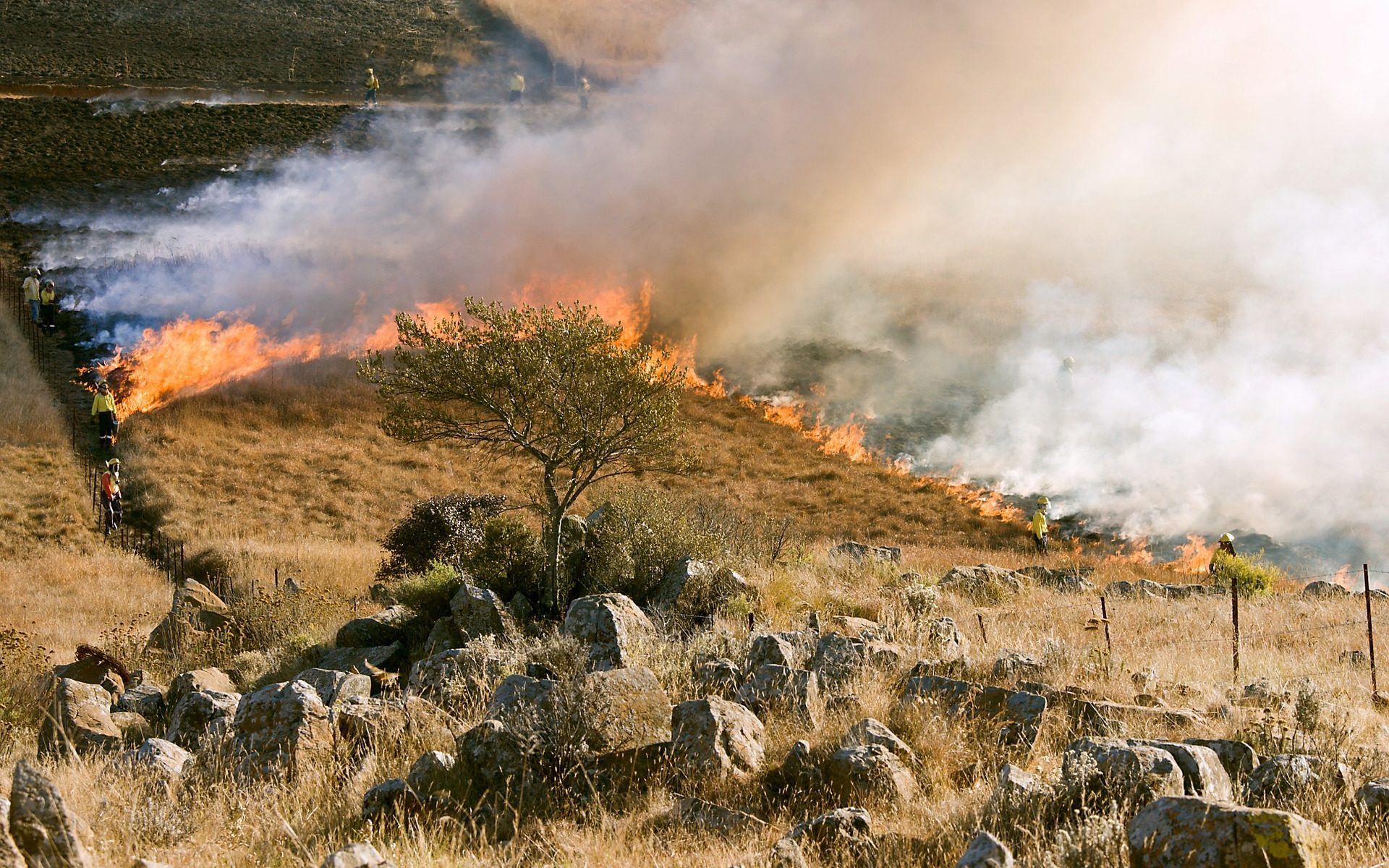Accompaniment to the Third Pod from the Sun Episode
Featured Image: “Forests under fire” original artwork by Jace Steiner. Used with permission.
Authors: Matthew Reilly, Aaron Zuspan, Joshua Halofsky, Crystal Raymond, Andy McEvoy, Alex Dye, Daniel Donato, John Kim, Brian Potter, Nathan Walker, Raymond Davis, Christopher Dunn, David Bell, Matthew Gregory, James Johnston, Brian Harvey, Jessica Halofsky, Becky Kerns
The natural legacy of fire in the Pacific Northwest (PNW) is complex. The variable geography of the wet, westside temperate rain forests, to the dry, high elevation forests beyond the Cascade crest make it difficult to find a “catch-all” description of PNW forest fires. For instance, drier forests of ponderosa pines in eastern Washington experience more frequent, low-severity fires while the temperate rain forests of western Oregon rarely see fires. However, scientists can reconstruct historical fire regimes and identify centuries-long patterns of burning related to precipitation, temperature, and ignition frequency to define what are historical patterns and what is modern climate change. In 2020, multiple megafires (a wildfire that burnt more than 100,000 acres of land) broke out in the typically wet parts of Oregon and Washington, burning more than 700,000 acres combined. This event is called the 2020 Labor Day Fires, and Matthew Reilly and colleagues have revealed these fires were likely part of historical regimes and not a product of accelerated climate change.
Continue reading “Forests under (mega)fire in the Pacific Northwest”


